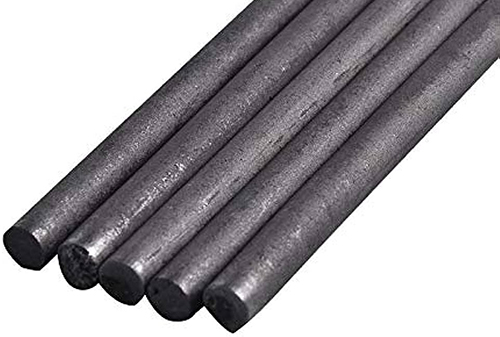Electrolysis of water with graphite electrodes
In the realm of sustainable energy and groundbreaking scientific advancements, the process of electrolysis of water with graphite electrodes stands as a beacon of innovation. Electrolysis, at its core, is the orchestration of chemical reactions through the application of an electric current. In the case of water electrolysis, within a specialized setup equipped with graphite electrodes. These electrodes, primarily composed of carbon, demonstrate remarkable conductive properties, facilitating the flow of electrons required for the dissociation of water molecules into hydrogen and oxygen.

The Role of Graphite Electrodes: Powering the Green Transformation
One of the most significant outcomes of electrolysis with graphite electrodes is the production of hydrogen gas. As the world seeks cleaner alternatives to fossil fuels, hydrogen emerges as a promising contender. This gas, devoid of harmful emissions, can be harnessed as a clean fuel for various applications, including transportation and power generation. The synergy between graphite electrodes and electrolysis offers a sustainable avenue for large-scale hydrogen production.
While hydrogen takes center stage, the oxygen liberated during the electrolysis process is equally consequential. Often overlooked, this oxygen can find utility in diverse sectors, from industrial processes to medical applications. The tandem liberation of hydrogen and oxygen underscores the efficiency and versatility of electrolysis with graphite electrodes.
As with any groundbreaking technology, challenges and opportunities coexist on the journey to wider adoption. Researchers and engineers continue to fine-tune electrolysis setups, exploring novel electrode designs and optimizing process parameters. The integration of renewable energy sources, such as solar and wind power, further amplifies the environmental benefits of electrolysis, aligning with global sustainability objectives.





